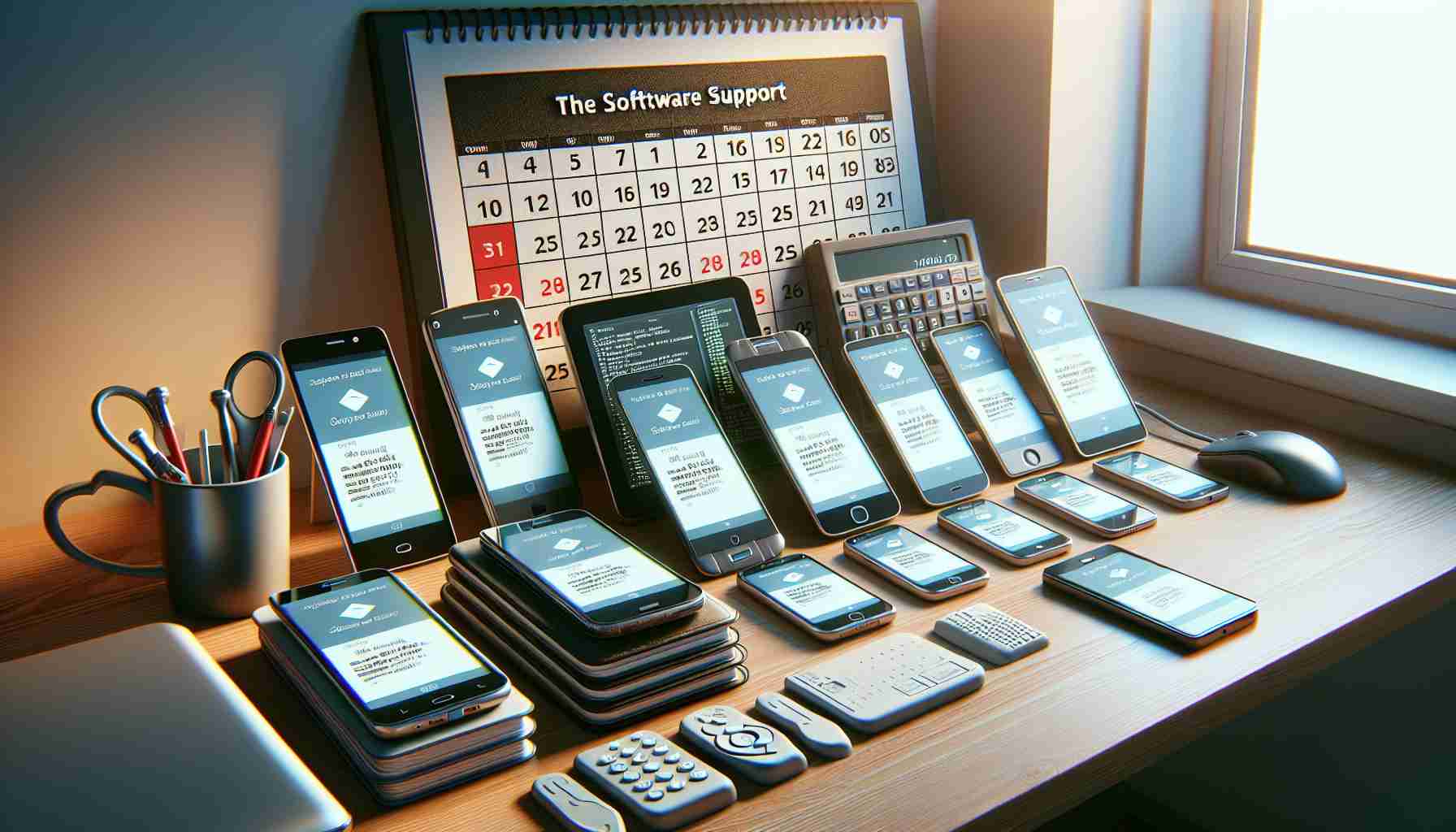In the realm of affordable smartphones, the significance of software support often goes unnoticed. While hardware specifications like camera quality and display size play pivotal roles in a buyer’s decision, the longevity and reliability of software updates are increasingly crucial. Take a hypothetical scenario with two budget devices priced similarly; both feature impressive cameras and ample storage. However, one offers a single Android update, while the other promises multiple years of support. Clearly, the latter stands out as a smarter investment.
This discrepancy in support can greatly affect the user experience. For instance, purchasing a device that receives only one update equates to limited functionality and security over time, essentially leading to a more disposable device. On the other hand, a smartphone with a solid update plan could last four years or longer, offering better overall value.
In the competitive landscape, companies like Samsung have become frontrunners by providing superior update schedules. Recent models not only begin with the latest software but also come with long-term support policies that outshine budget competitors. As an example, Samsung’s new offerings extend the lifespan of devices significantly compared to others that fall short, curbing expenses over time.
As consumers navigate the smartphone market, making a choice should lean heavily on the promise of reliable software updates. While intricate designs and features may lure buyers in, it’s the durability and support of the software that ultimately keeps the device relevant and functional.
The Software Support Dilemma in Budget Smartphones
In today’s consumer electronics market, the discussion surrounding budget smartphones often centers on hardware specifications, such as battery life, processing power, and camera capabilities. However, a critical aspect that deserves more attention is the software support that budget smartphones offer. Consumers frequently underestimate the long-term implications of inadequate software maintenance on their devices.
Understanding Software Support: Key Questions and Answers
One of the most pressing questions consumers should ask when purchasing a budget smartphone is: How long will this device receive software updates? In most cases, budget smartphones might promise only one or two Android updates, whereas premium models often receive upgrades for three to five years. This difference can significantly impact the device’s usability and security over the years.
Another important query is: What are the potential risks of limited software support? Devices that do not receive regular updates may become vulnerable to security threats and may not support newer applications, degrading overall functionality and user experience. By contrast, a smartphone with ongoing software updates tends to maintain its value and performance over time.
Challenges and Controversies in the Market
One of the major challenges in the budget smartphone market is the balancing act between cost and software quality. Manufacturers often cut corners on software development to keep prices low, leading to devices that quickly become outdated or insecure. This can create a cycle where consumers, seeking affordability, end up purchasing devices that do not meet their long-term needs.
Another controversy is the marketing of software support. Many budget brands may advertise their devices with aggressive pricing strategies but fail to emphasize the importance of software longevity. This can mislead consumers who may not realize the implications until after their purchase.
Advantages and Disadvantages of Software Support in Budget Smartphones
Advantages:
1. Enhanced Security: Regular updates often include security patches that protect users from vulnerabilities.
2. Access to New Features: Updated software frequently introduces new functionalities and improvements, making devices more adept at handling contemporary apps.
3. Increased Longevity: A smartphone that receives years of updates can remain relevant, delaying the need for a replacement.
Disadvantages:
1. Cost of Support: Maintaining a robust software support system requires financial resources, which may lead to higher prices for consumers.
2. Limited Appeal of Budget Brands: Some budget companies may lack the infrastructure required for effective software updates, resulting in an inconsistent experience.
3. Consumer Blindness: Many users prioritize hardware over software and may overlook the significance of long-term support, which could lead to dissatisfaction in the future.
Conclusion
As the budget smartphone market continues to grow, it is essential for consumers to recognize the importance of software support. Making informed decisions requires asking the right questions and evaluating both short-term needs and long-term consequences. By focusing on offering robust software support, manufacturers can greatly enhance the value of their budget offerings.
For additional insights into smartphone technology and consumer advice, visit Android Authority and TechRadar.

















